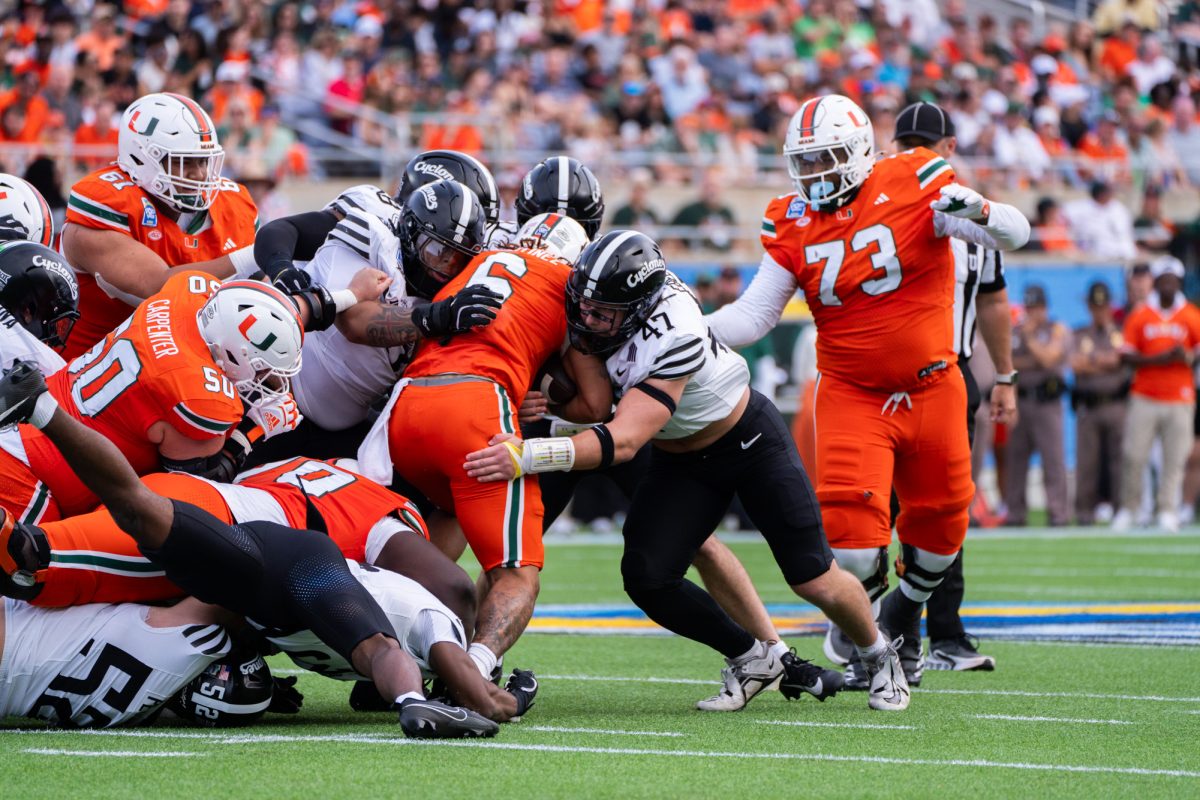Editorial: Army aims for inclusion
The U.S. Army is on the path of inclusion with its new policy for transgender service members.
March 4, 2015
The U.S. Army rescinded its “don’t ask, don’t tell” policy regarding gay and lesbian service members in 2011, and now it finally appears that the Army is taking another step toward inclusiveness, as it has been reported that the process of discharging soldiers who are discovered to be transgender has been made more difficult.
If the plan holds, the decision to discharge transgender soldiers will fall to a senior ranking civilian official, the assistant secretary of the Army for personnel, as opposed to lower level Army officers, who were responsible for making the decision in the past. This change is met with approval from both the ACLU and the Palm Center, which has published research on sexual orientation issues in the military.
The proposal would only remain in place for 12 months, suggesting a more permanent decision regarding transgender service members is on the horizon and that the military understands that this is a pressing matter that needs to be decided sooner rather than later.
The discharge of transgender service members is not dependent upon performance, just as it was not dependent on performance in the case of gay or lesbian soldiers, but simply on the basis of their gender or sexual identity.
Had the review of these individuals been based in performance reviews or information regarding their inherent inability to serve effectively, then the requirements might not seem as problematic. The idea of having broad regulations made for every person of a certain identity is a textbook example of bigotry. If the decision to discharge was made on a case-by-case basis for transgender soldiers — just as they are made for every other soldier — than the policy would be significantly less repulsive.
The United States consistently holds service members in a high regard and for good reason. These men and women do the work that the majority of us are unwilling or unable to do often because they simply feel a duty to protect and preserve the freedoms that are granted to them by the United States. With that being the case, what message does it send for the United States military to place these bigoted restrictions on who can or cannot serve based on how they identify or how they were born?
This moment, representing a success of equality and justice, has been coming since the late 1940s, when desegregation of the Armed Forces was the issues of the day. The U.S. military, just like every other American institution, has persistently moved toward inclusion of all willing or drafted individuals.
If you are willing to put your life on the line and dedicate years of your life to the service of this nation — supposedly the safe haven for different lifestyles and a melting pot of identities — then your race, creed, sexual or gender identity should make no difference.
A permanent plan to allow for full military privileges of all able Americans is not an unreasonable request. Dissenters argue that the military should not change until society as a whole has integrated transgender individuals, but that same argument was made in 1948 by Army Chief of Staff General Omar N. Bradley in regard to desegregating the Army.
Only two days after he made his comments, President Harry Truman issued an executive order to end military segregation. Precedent exists for moving on this change before the rest of society does.
The bravery shown by a “gender normative” soldier is no different than the bravery shown by a transgender soldier. If these men and women are willing to perform the duties that every single one of their peers perform, the U.S. Army should take much more than their identity into consideration while determining their ability to serve.







